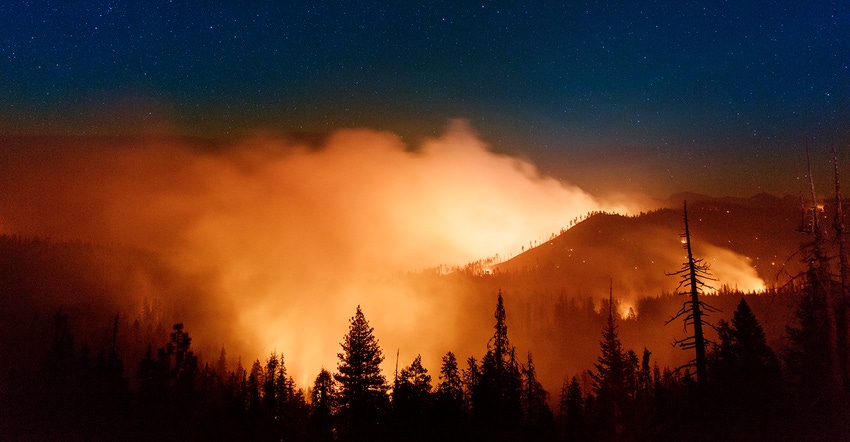November 21, 2022

The U.S. Department of Agriculture’s Forest Service announced the launch of a new interactive map showing the progress made in addressing the wildfire crisis in eight western states. The project is part of the Forest Service’s 10-year wildfire crisis strategy.
The map allows users to see the impact of investments from the Bipartisan Infrastructure Law across 10 initial landscapes in Washington, Oregon, California, Idaho, Montana, Colorado, New Mexico and Arizona.
“Western states are living the reality of climate change every day, where record droughts and catastrophic fire threaten lives and livelihoods like we have never seen in our history,” said Agriculture Secretary Tom Vilsack. “This new resource gives everyone a chance to see the real impacts of the on-the-ground work the USDA Forest Service and its partners have already done to protect the communities and the resources that are most at risk.”
“With this story map, audiences across the country can see in real-time where investments are being made to create safer communities and healthier, more resilient forests,” says Forest Service Chief Randy Moore
This online story map is designed to be easy to use and is continually updated to show the progress of wildfire reduction efforts on national forests and grasslands as well as other federally managed, state, and private lands. Individual landscape maps allow users to interactively identify national forests, Congressional Districts, active partners, landscape boundaries and “firesheds,” or areas where wildfire is likely to pose the greatest risk to communities and resources.
The Forest Service and its partners have used science to identify the highest risk landscapes for treatment. The Forest Service found that around 80% of the wildfire risk to communities is concentrated in fewer than 10% of firesheds.
These initial investments focus on firesheds of the highest risk, where projects are ready to begin or to expand. The first-year investments are a part of the strategy to reduce the exposure of communities and infrastructure to the risk of catastrophic wildfire.
Each year the Forest Service will plan and implement more work as funding allows, continuing to reduce the risks of extreme wildfire for communities in these vulnerable areas.
Source: USDA
About the Author(s)
You May Also Like




